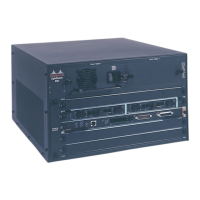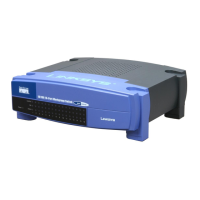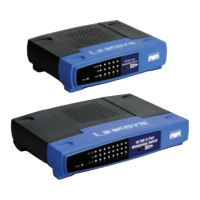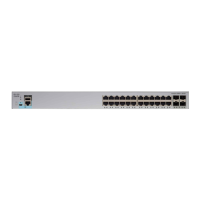switching engine and network management processor for the system software and most of the
system memory components. It maintains and executes the management functions that control the
system.
Note The ASP must be installed in the middle slot, slot number 2.
Figure 4 ATM Switch Processor
The ASP has the following features:
• 5-gigabits per second (Gbps) switching fabric
• MIPS architecture R4600 microprocessor at 100 MHz internally, 50 MHz system interface
• Memory components include:
— Main memory is used by the system software—one dynamic random access memory
(DRAM) bank of two single in-line memory modules (SIMMs), with
16 MB of DRAM as the default (upgradeable to 32 or 64 MB)
— 8 MB of Flash memory for downloading the system software
• Dual PCMCIA card slot that can be used for additional Flash memory
• Air-temperature sensor for environmental monitoring
• Console serial port that can be configured for a terminal or a modem
• Auxiliary serial port for modem connection
• Ethernet port to allow Simple Network Management System (SNMP) to use an Ethernet attached
management station
In addition to these features, the ASP performs the following management functions:
• Monitors interface and environmental status
• Provides SNMP management and the console/Telnet interface
The ASP must be installed in slot 2, the middle slot when facing the front panel. (See Figure 1.)
Flash Memory
The embedded Flash memory allows you to remotely load and store system software images. You
can download a new software image over the network or from a local server, and add the new image
to Flash memory or replace an existing file.
Reset Switch
Access to the reset switch, located behind the faceplate of the ASP, is through a small hole
approximately 1.5 inches to the right of the ASP status LED. (See Figure 5.)

